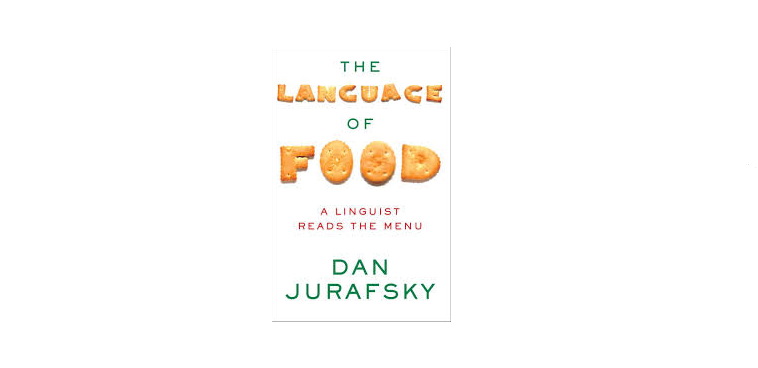What do the words “delicious” or “fresh” say about a restaurant’s menu? A lot, according to Dan Jurafsky, a linguistics professor at Stanford University. He has studied menus over the years for word choice and has found patterns that can give clues to whether an establishment is value-priced or high-end.
Jurafsky, who also has a Ph.D. in computer science, outlined his findings in his 2015 book “The Language of Food,” which was a James Beard Book Award finalist, and last week spoke of these trends at a talk at the University of South Carolina.
In addition to studying wording on menus, he also tracked patterns by looking at the words used on bags of potato chips, which these days vary in price and sentiment from bargain to gourmet. Here’s what he found:
Low-priced: Cheap food is marketed to the working class and uses words and phrases that appeal to that demographic. Family is important so terms such as “authentic,” “homemade,” or “just like grandma’s cooking” are often found on packaging and menus. The terms also tend to be vague, such as “delicious” or “generous portions.” The words are often short and to the point, such as “decaf” instead of “decaffeinated.” Another observation is the use of “real,” such as “real potatoes” because it might be assumed that the eatery uses substitutes such as powdered potatoes.
Mid-priced: The wording in this price range focuses on the sensory experience of eating and uses lots of adjectives to describe the taste and appeal of the food, such as “creamy.” Jurafsky also found that as the price of the foods go up, the number of words on the menu and number of menu items goes down.
High-priced: These menus focus on authenticity and use words such “farm-fresh,” “healthy,” “free-from” as well as longer but fewer words. Minimalism is the theme as there is no need to explain the dishes in detail because the consumer should trust the chef that they know best. There’s no need to spell out that the eatery uses “real butter” because that is assumed. These menus use descriptive and foreign words more often, such as “haricot verts” instead of green beans. These menus (or websites) use a lot of white space and artistic photos and create a sense of calm as opposed to chaos of a Waffle House menu.
He did say, however, that one exception to these rules is at high-end steakhouses, where describing huge portions, such as “40-ounce porterhouse” is de rigueur. But the rest of a steakhouse menu is few on words. Jurafsky also said these findings hold true for the last 100 years or so, but these trends are American and don’t necessarily translate to other cultures or countries.
Jurafsky’s book, and talk, also look at the wording of restaurant reviews (one-star reviews tend to focus on the service and not the food) and the origins of many culinary terms, such as the path of ketchup from a fermented fish sauce in China 2,000 years ago to the sugary, tomato-based condiment we know today (“ketchup” comes from the Chinese term for sauce).
“So the lesson of Thanksgiving,” he said, “is that we’re all borrowing from other cultures.”
__________________________________________________
If you enjoyed this article, join SmartBrief’s email list for more stories about the food and beverage industry. We offer 17 newsletters covering the industry from restaurants to food manufacturing.
